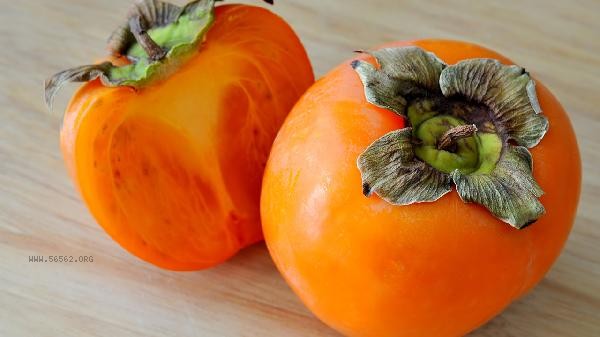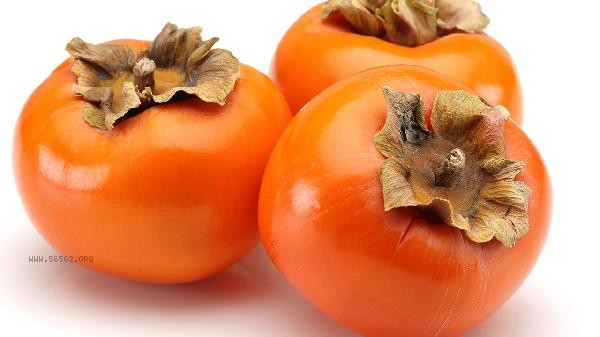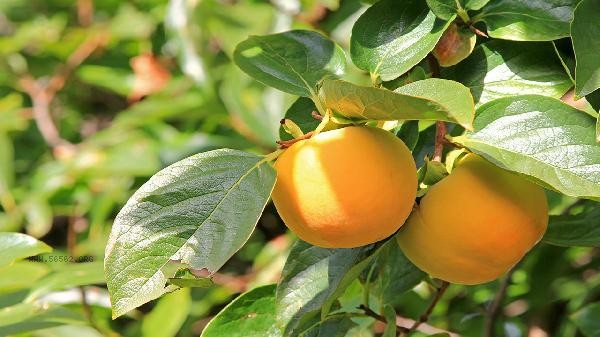The main methods for removing astringency from persimmons include soaking in warm water, alcohol, fruit mixing, lime water soaking, and freezing.

1. Warm water soaking method
Soak persimmons in warm water at 40-50 degrees Celsius for about 24 hours, keeping the water temperature constant. This method accelerates the respiration of persimmons through warm water, promotes the conversion of tannins, and is suitable for small-scale processing at home. Note that the water temperature should not be too high to avoid damaging the texture of the fruit pulp. After removing the astringency, it should be consumed in a timely manner.
2. Alcohol deastringency method
Spray the persimmon surface with high level Baijiu evenly and store it for 3-5 days after sealing. Alcohol can inhibit tannin activity and promote ethylene release to accelerate maturation. This method produces persimmons with high sweetness after removing astringency, but alcohol allergy sufferers should use it with caution. When operating, attention should be paid to sealing to avoid alcohol evaporation.
3. Fruit mixing method
Put persimmons, apples, bananas and other fruits with high ethylene release into plastic bags and seal them for 3-4 days. The natural ethylene released by fruits can catalyze the softening and astringency of persimmons. This method can retain more nutrients and is suitable for people who pursue the original flavor. It is necessary to check daily to avoid excessive softening.

4. Lime water soaking method
Soak persimmons in 3% lime water for 2-3 days, and the calcium ions in the lime can combine with tannins to precipitate. This method thoroughly removes astringency and maintains the crispness of the fruit pulp. It is commonly used in traditional techniques, but it is important to note that high concentrations of lime water can cause the skin to turn black. After treatment, it needs to be thoroughly rinsed with clean water.
5. Freeze de astringency method
Freeze persimmons for more than 24 hours before thawing, and the low temperature causes the structure of tannin cells to rupture. After thawing, the flesh will become soft but the sweetness will significantly increase, making it suitable for making processed products such as persimmon sauce. Attention should be paid to freezing, which may cause the skin to crack. After thawing, it should be consumed as soon as possible to avoid spoilage.

After removing astringency, persimmons are recommended to be refrigerated and consumed as soon as possible. They can be paired with yogurt or used to make fruit salads. Choose persimmons with similar maturity for unified processing to avoid differences in maturity affecting the astringency effect. Different varieties of persimmons may have different de astringency times, and astringent persimmon varieties require extended processing time. During the process of removing astringency, it is necessary to maintain a ventilated and dry environment, regularly check the condition of the fruit, and remove it immediately if mold appears. Before consumption, you can taste a small piece to confirm complete astringency. Persimmons that are not completely astringent will have a noticeable astringency sensation in the mouth. For those with gastrointestinal sensitivity, it is recommended to choose warm water or a mixture of fruits for isothermal and astringent treatment.








Comments (0)
Leave a Comment
No comments yet
Be the first to share your thoughts!